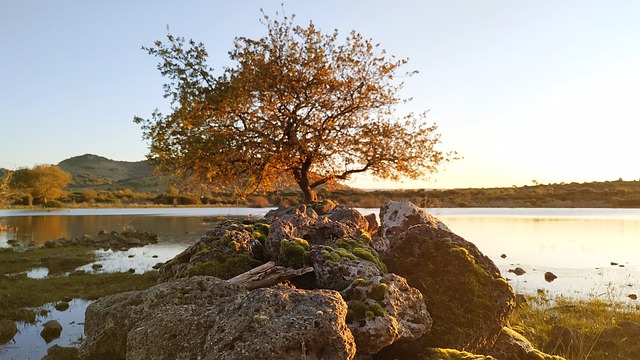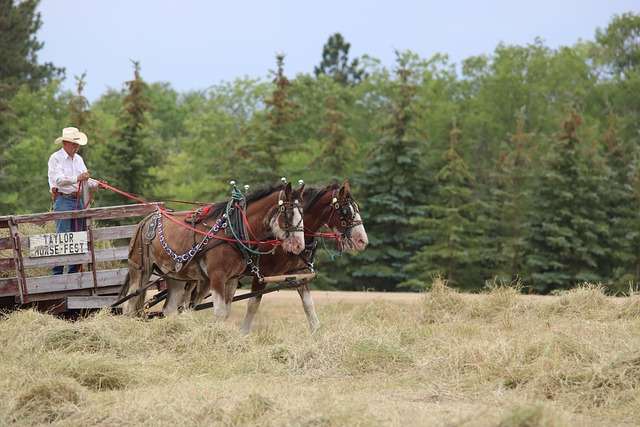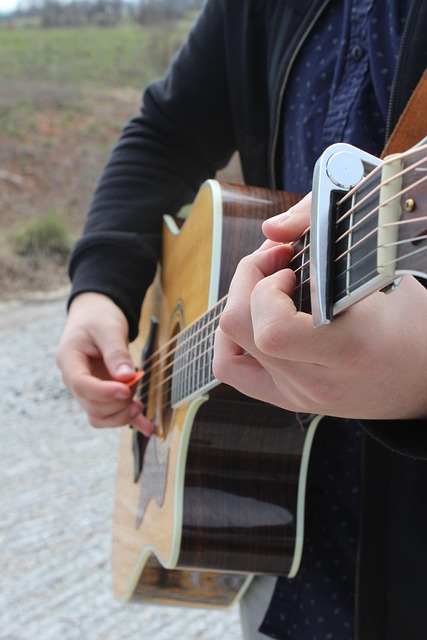Community festivals, driven by local residents, transform spaces into vibrant celebrations that strengthen community bonds and boost economies. Key factors for success include strategic venue selection, aligning with festival themes and accessibility, as well as fostering business engagement from local businesses and the real estate community through increased foot traffic and property inquiries. These annual events not only create memorable experiences but also contribute to area desirability, driving real estate value appreciation and attracting potential buyers.
Community gatherings at annual festivals weave a vibrant tapestry, strengthening social bonds and enhancing local identity. This article explores the multifaceted role of community in festival planning and success, delving into the strategic selection of physical spaces, particularly ideal locations that cater to diverse needs. We also examine the economic impact, highlighting how these events stimulate local economies and even boost real estate values, making them game-changers for community development.
The Role of Community in Festival Planning and Success

Community gatherings at annual festivals are a testament to the power of collective effort and shared experiences. In the realm of festival planning, the role of community is indelible. Locals contribute their time, skills, and resources, transforming empty spaces into vibrant landscapes that reflect the area’s unique tapestry. This collaborative approach not only enhances the festival’s reach but also deepens a sense of belonging among residents, fostering a stronger bond that extends beyond the event.
The success of these festivals often hinges on the active involvement of the local real estate community. Landowners and property managers play a crucial role by offering venues for events, ensuring accessibility for attendees. Moreover, businesses in the area benefit from increased foot traffic, as festival-goers explore local shops and restaurants, thereby contributing to the overall economic vibrancy of the region.
Physical Spaces: Choosing the Ideal Location for Festivals

Community gatherings at annual festivals thrive on well-chosen physical spaces, akin to a real estate gem that brings people together. The location should be accessible, offering ample parking or proximity to public transport, ensuring attendees can join without hassle. Open green spaces like parks or vacant lots are popular choices, providing room for stalls, stages, and various activities. These venues not only accommodate large crowds but also foster a sense of community by allowing for informal interactions and shared experiences.
When selecting a site, organizers should consider the festival’s theme and scale. For instance, rural areas might suit agricultural festivals, while urban centers are ideal for events celebrating diverse cultures. The landscape and climate also play a role; sunny weather calls for outdoor seating and activities, whereas rainier climates may necessitate covered spaces or tents. Ultimately, the perfect location captivates attendees and leaves a lasting impression, setting the stage for an unforgettable community gathering.
How Annual Festivals Foster Local Economy and Real Estate Value

Annual festivals act as vibrant catalysts for community engagement, drawing locals and visitors alike into a shared space. These events don’t just bring people together; they significantly boost the local economy through diverse avenues. Vendors catering to festival-goers contribute to the turnover of nearby businesses, while tourists from out of town increase demand for accommodation and local services. The positive economic ripple effect can lead to a thriving commercial landscape, with improved sales figures and a bustling atmosphere that enhances the overall desirability of the area—all critical factors in real estate value appreciation.
Moreover, the influx of visitors during festivals often sparks interest among prospective homebuyers. The increased visibility and positive buzz created by these events can make a region more attractive for investment, leading to a surge in property inquiries and sales. Real estate agents and developers often collaborate with local authorities to organize such gatherings, recognizing their potential to transform communities and elevate the value of nearby properties through strategic planning and marketing.






